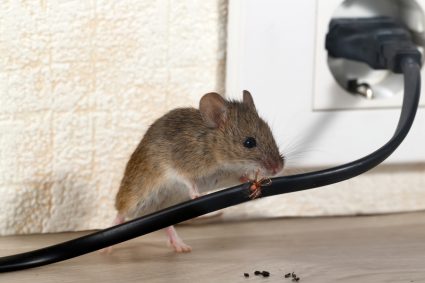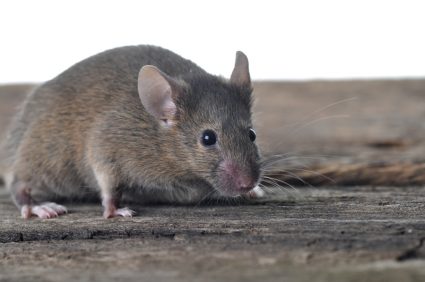
Having mice in your home is an unpleasant experience. They nibble on anything they find and scamper around, making annoying noises.
They also leave their droppings and urine marks, spreading diseases wherever they go.
While living in a story building can reduce the likelihood of a mouse infestation, it does not eliminate it.
If you wonder how mice get upstairs, we will give you some possibilities to consider in this guide.
Staying on the upper floors of a building doesn’t eliminate mice infestations. At best, it may only reduce the severity.
If you sight mice upstairs in a story building, they must have entered through one or more of the following means:
- Through the stairs
- Through the walls
- Through open windows
- Through plumbing networks
- Through the holes in the foundation and roof
- Through the airconditioning system
Above are six possibilities. In this guide, we will discuss how these rodents with small bodies navigate their way through each route to get upstairs.
In the sections below, we will discuss how mice can get upstairs. Also, we will identify a few tips that can help keep them at bay. To wrap up the guide, we will answer some frequently asked questions about mice infestations.
6 Ways Mice Can Get Upstairs
Mice often seek out warm places and mostly stay in the homes of those who live on ground level.
But like we noted earlier, these rodents can do the unimaginable to get upstairs. They can be anywhere!
If you wonder how mice get upstairs in homes, here are six possibilities:
1. Through the Stairs
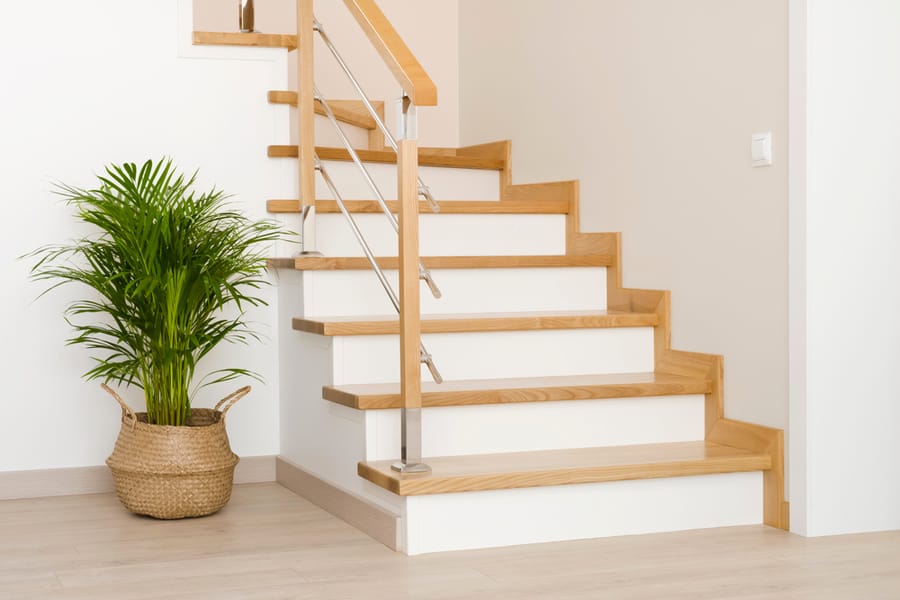
This is the easiest way anyone can get upstairs; the same is true for mice. Although seeing a mouse climbing the stairs is not a regular sight, it is possible.
They can jump up a stair at a time. You may not know, but jumping will be very easy for mice if your stairs are made of nonslippery materials like plastic steel, wood, etc.
Stairs are usually made of wood, tiles, linoleum, or covered with carpet. These materials will offer the mice a good grip as they advance up the stairs.
They can also hold onto the handrails or railings to climb up faster.
2. Through the Walls
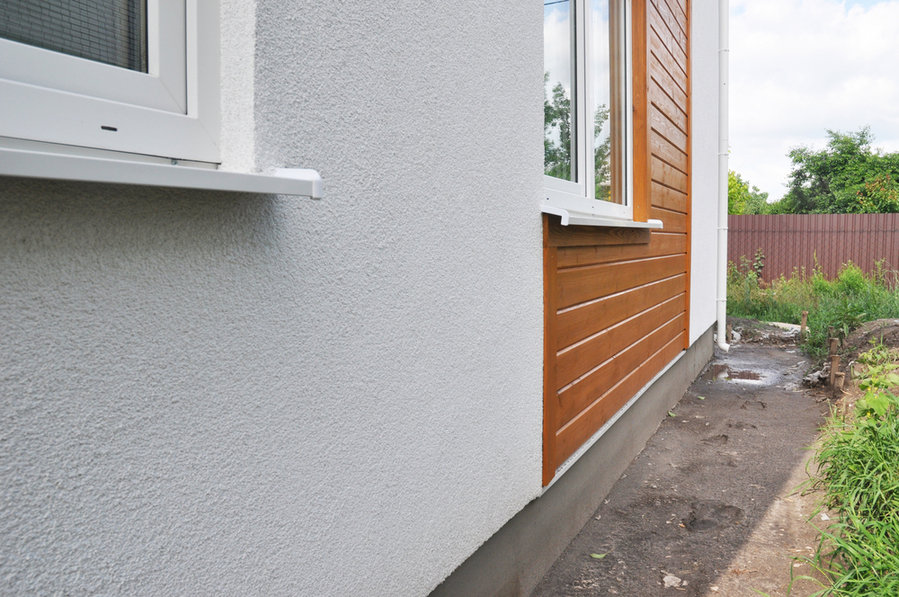
Mice can climb up a smooth wall at least up to 13 feet. After climbing, all they need to do is enter a nearby opening.
Mice can also travel in a wall. If you have a cavity wall in your home, best believe mice might run the length and breadth of it.
They can easily advance through the structures built into the wall from one floor to another without any stress.
3. Through Open Windows

If you leave your windows open to let in some fresh air, you may be letting in more than you bargained for. That open window is an avenue for mice to get into your home.
If you have tree branches or any structures touching your window, those can be stepping stones for the mice to reach your window.
If your window has cracks or openings, mice will still get in even if you shut it.
4. Through Plumbing Networks
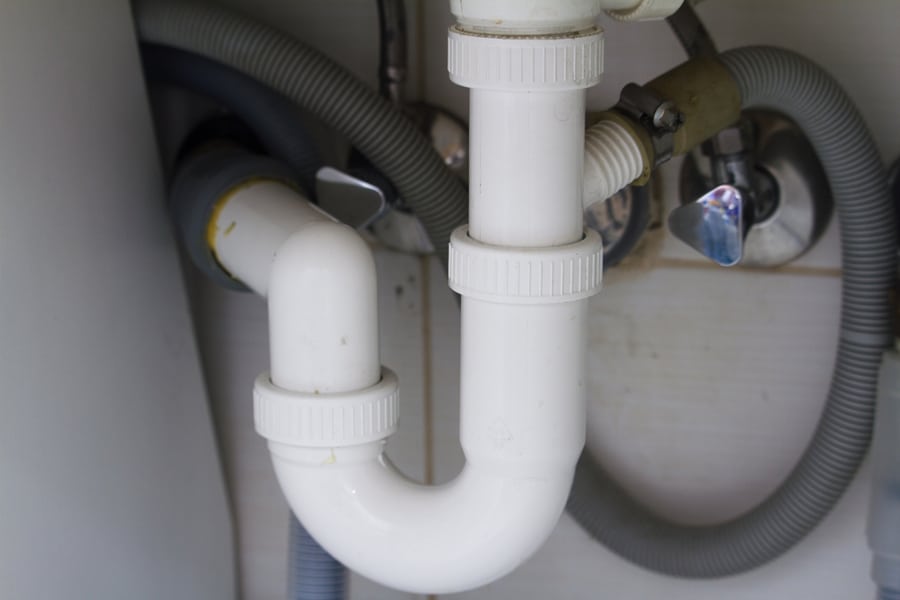
The plumbing network runs through the entire home and could be a channel for mice to enter. They know how to find their way around the channel and get upstairs.
If there are any openings or gaps around your washing machine, taps, or sink, they could enter through them.
They could also come in through drainage pipes that are open or improperly sealed.
5. Through the Holes in the Foundation and Roof

Cracks and openings in your home’s foundation are an accessible invitation for mice to come in.
Seal the holes with concrete, metal sheets, or other sturdy material.
Using rubber or plastic to seal such cracks is not advisable as the mice can chew on them and pass through easily.
Also, inspect your roof and ceiling once in a while and seal up any openings.
6. Through the Air Conditioning System

When installing air conditioning systems, technicians make holes for the AC pipes to pass through.
If the gap is not closed properly, mice can easily climb their way into your home through them.
Look out for any holes around your air conditioners and seal them up.
Use metal rings around your pipes so mice don’t chew on them and get into your home.
How To Keep Mice Away From Your Home
As mice can enter your home whether you live upstairs or not, you should be proactive in keeping them away.
For this, you can apply the following strategies:
1. Keep Your Home Clean

This is a no-brainer. Your home must be clean to keep insects, rodents, and pests away.
Move things around when cleaning so that you can eliminate all their hiding spots too.
For proper cleaning, we recommend you undertake the following:
- Sweep and vacuum regularly to remove all particles lying around.
- Use bleach to clean up your floors and surfaces to keep the mice away.
- Clean hard-to-reach corners in your home often.
- Pick up clothes, books, and shoes lying around. It would help if you placed them in the appropriate positions at all times.
2. Use Mouse Traps

You can set mouse traps around your house, especially in areas where these rodents are more active. These include the kitchen, bedroom, and storage areas.
You can also place the traps in dark, warm, and hidden areas in your home.
For best results, place a piece of food as bait for the mice. The trap will catch them as they cannot resist food.
When the trap catches mice, take it out and clean it. If you consider that messy, you can use disposable traps instead.
3. Seal All Openings

Mice mostly come into homes through various openings and cracks. To prevent this, seal up all entry points.
For this, we recommend you:
- Patch up all gaps or spaces in the walls, roof, and ceilings.
- Fix any leaky or broken pipes.
- Cut any tree branch close to your building that allows mice to climb in.
- Check once in a while to see if there are any new cracks.
4. Get a Cat

If you are a fan of pets and you wouldn’t mind owning a cat, you can get one and place it in your home.
Cats do not like mice and will chase them at any given opportunity.
On the other hand, mice will stay away from your home once they know you have a cat.
However, own a cat, not only for the purpose of chasing mice away. Treat it as a pet and take good care of it.
5. Use Natural Mouse Repellants

Apart from bleach, other natural scents repel mice. Smells like peppermint oil, baking soda, and cayenne powder will keep mice far from your home.
Spray these in dark, hidden corners where mice are prone to stay.
If you have toddlers in your home, you should be careful when using these things, so they would not accidentally ingest them.
6. Put Your Food Away

Food will always attract mice to your home. These rodents can’t just resist it.
So, if you don’t want them around your space, put your food away. Store all dry food items in containers and keep them out of the mice’s reach.
For cooked or fresh food items, you can store them in your refrigerator to keep them fresh till you are ready to eat them.
Do not leave food lying around carelessly in your home. Also, dispose of all leftovers properly.
Conclusion
The general assumption is that mice do not infest upstairs in houses.
Even if you’re yet to experience one, we said enough in this guide to prove these small-bodied rodents can be in any part of a home.
They can get upstairs through several means, including openings around air conditioner pipes and holes in the foundation and roofs.
These rodents can also climb up walls and through stairs. They can even navigate their way through the house’s plumbing network.
Regardless of how they got in, you must take quick actions to send them out. For this, follow the strategies we outlined above.
Frequently Asked Questions
Where Do Mice Hide During the Day in Houses?
Mice are not active during the day and often hide in dark, warm, and secluded areas at home.
You can easily spot a mouse in a cupboard, behind a chair, in the basement, etc.
Why Would Mice Go Upstairs?
They may be attracted to the warmth of the attic or the scent of food they have perceived from there.





